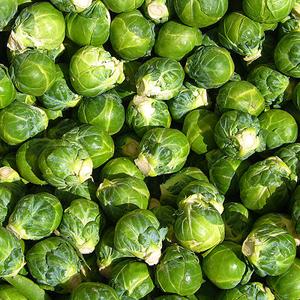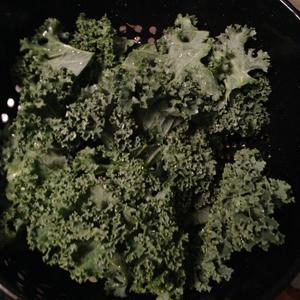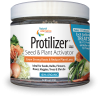Cole crops belong to the mustard (Brassica) family. They are descendants of wild cabbages. They grow best in cooler temperatures - daytime temperatures below 80°F and nighttime temperatures above 60°F. In milder zones, they grow throughout the winter.
Some of the vegetables stemming from this family are cauliflower, Brussel sprouts, broccoli, kale, cabbage, mustard greens and turnips.
Sowing Seeds Indoors
For the earliest possible spring harvest, sow seeds indoors in February.
Start the seeds in portable containers such as flower pots. It will be much easier for you and less stressful for the plants to move them outdoors without having to transplant them.
Watch for the crocuses to bloom. This is usually an indicator of ideal temperatures for cabbages, Brussel sprouts and greens to be moved outdoors, and broccoli and cauliflower join in after two weeks or so.
Planting Cole Crop Seedlings
Planting seeds is not for the faint of heart. If you would rather begin with small plants or seedlings, go to your independent garden center in early April for the healthiest plants and best selections. The step-by-step process is quite easy.
- Prepare a hole deep enough to cover the existing soil plus one inch of the plant stem. If necessary, pinch the lower leaves from the stem to allow the plant to be buried deeper.
- Gently remove the plant from the container. Avoid separating the stem from the roots.
- Dip the delicate roots and soil in a solution of Protilizer® Seed & Plant Activator and water. This solution will prevent the plant from going into shock; will surround the delicate root hairs and help them thrive; and will protect the plant against root diseases.
- Mound and tamp the soil close to the stem to support growth and to prevent air from drying out the roots.
Harvesting Cole Crops
Once the weather turns warm, above 80°F, harvest the balance of your crop. Freeze broccoli, cauliflower and Brussel sprouts. Chop kale for healthy drinks and soups. Strip the tough stems from collards, turnips and mustards and wash the leafy greens, combining and freezing them together for skillet sautés. Enjoy your containers again with summer vegetables, herbs and flowers.
As always, it is important to know the nutrient and environmental requirements for the plant you would like to grow. Visit your local independent garden center and ask for their expert advice on the best plants for your garden.
Do you have questions about growing cole crops? Ask us on our Facebook page today!




